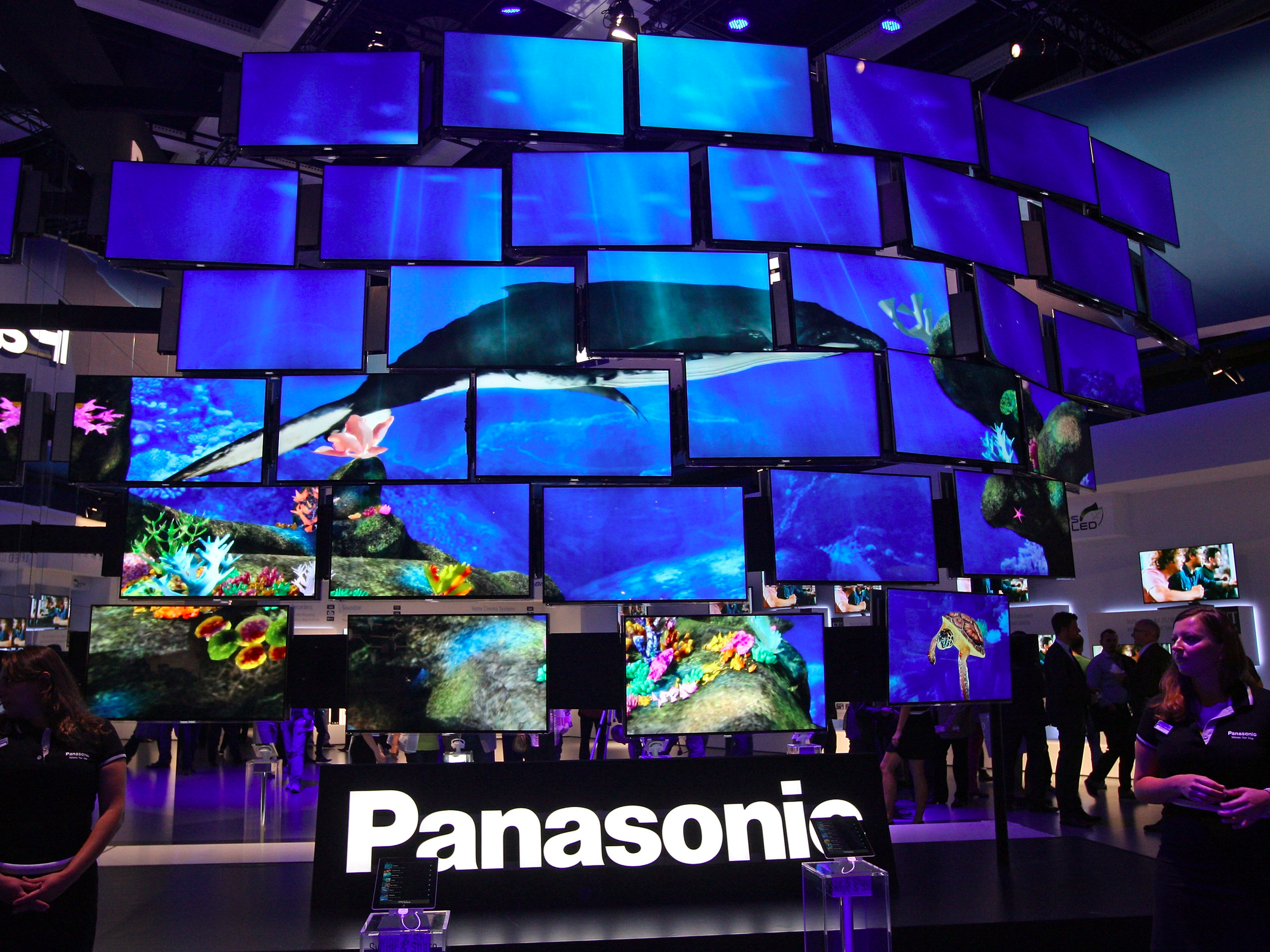Steve Kovach February 12, 2017 at 06:00AM

I've spent the last three weeks of my life agonizing over the purchase of what should be something so simple: a new TV.
I haven't bought a TV in more than five years, and a lot has changed since then. The various options are dizzying: HD; 4K; UHD; HDR; OLED; LED; Smart TVs; Web TVs; Google TV; WiFi; Apps; Remote controls that double as Android tablets; And model names that are impossible to decode. (Looking at you, Vizio P65-C1.)
TVs are no longer just dumb screens. They're giant computers for your living room. Today, they have so many features that it's easier to choose options for your Tesla than it is to find the perfect TV.
So after far too much research, I figured out a basic gameplan to make buying a TV as simple as possible. (And even then, it can still be pretty confusing.)
I've boiled it down to six key things to look for.
1.) Picture quality matters the most.
The number one thing to keep in mind is to find the TV with the best picture quality within your budget. Every other feature is secondary.
If you want the best of the best picture available, get a TV with an OLED screen. They're super expensive (usually in the $3,000 range), but boy are they pretty. LG and Samsung make the best OLED TVs in my opinion.
If that's too expensive for you, get a TV with an LED screen. The picture quality is still great, and they're significantly cheaper than OLED TVs. Price will depend on other features like 4K and HDR (more on that in a bit), but you can still get a great LED TV for a few hundred bucks. A nicer one, like this this 65-inch LED Samsung TV I bought will be in the $1,000 - $2,000 range.
After that, start looking at LCD TVs. They're still HD and still have decent picture. You can get a good one for a few hundred bucks.

2.) You don't need 4K, but you'll probably end up with it anyway.
4K TVs (sometimes called ultra HD TVs or UHD TVs) have about twice the resolution of "normal" HD TVs. But realistically, you don't need a screen that sharp. You typically sit several feet away from your TV screen, making it impossible to discern pixels or blurs on a regular HD TV.
Still, 4K is rapidly becoming the new normal, and it's going to be harder and harder to find an HD TV that isn't 4K. If the TV you like only comes in 4K, go for it.
3.) HDR is the best feature no one really talks about.
HDR is the second most important feature you should look for in a TV next to its overall display quality.
HDR stands for high dynamic range, which means the screen automatically adjusts its brightness to give you the most accurate colors possible. It makes a huge difference, and is even starting to become a big deal in console gaming thanks to the new PlayStation 4 Pro and Xbox One S.
If you can find a TV you like with HDR and a great picture, get it.
My colleague Jeff Dunn wrote an excellent explainer on HDR if you want to learn more.
4.) What about 3D?
Don't make me laugh.
3D TVs were a joke to begin with, and most manufacturers have given up on the category. If you still see one for sale, don't buy it.
5.) Smart TVs are pointless, but you still have to buy one.
It's nearly impossible to buy a decent TV that doesn't have some sort of built-in smarts, such as a WiFi connection and streaming apps like Netflix, YouTube, Hulu, and HBO GO. So prepare to live with that.
My advice: ignore all those smart features. In fact, don't even connect your TV to the internet when you're prompted to. If you want to stream stuff to the big screen, get a Roku, Apple TV, or video game console instead. Those devices are much more user friendly and can do a lot more than the software included in your smart TV. Plus, they get updated regularly, unlike the software on most smart TVs.
6.) Time is a factor as much as cost.
I realize this is a case-by-case situation for most people. If money is no option, you should obviously go for a super expensive OLED TV. I spent a little more than I wanted to on my Samsung LED TV, but I justified the cost because it's something I'll be using every day for at least a couple hours.
Plus, I plan to keep my new TV for at least five years. If you meter the cost out over that time frame, it's not that expensive. (Less than $1 per day.) I suggest taking time into account just as much as price.
7.) Size
This is obviously a personal decision and based on how much space you have. In general, just try to get the largest TV with the best picture possible.
Conclusion
This guide is a major oversimplification of the process you go through when you buy a TV. But hopefully it helps you boil it all down to the essential features to look at. TV prices vary wildly all the time, so keep an eye out for deals and find the right combination of features and price for you.
Addendum: Sound
The built-in speakers on today's TVs are generally pretty bare-bones and definitely lack the ooomph to fill up a room with sound to match the beautiful picture. So keep in mind that you'll probably need to budget in a separate soundbar as well if sound quality really matters to you.
SEE ALSO: We're witnessing the slow-motion collapse of the smartwatch
Join the conversation about this story »
NOW WATCH: Science says parents of unsuccessful kids could have these 6 things in common
How to make buying a TV as easy as possible from Business Insider: Steve Kovach



